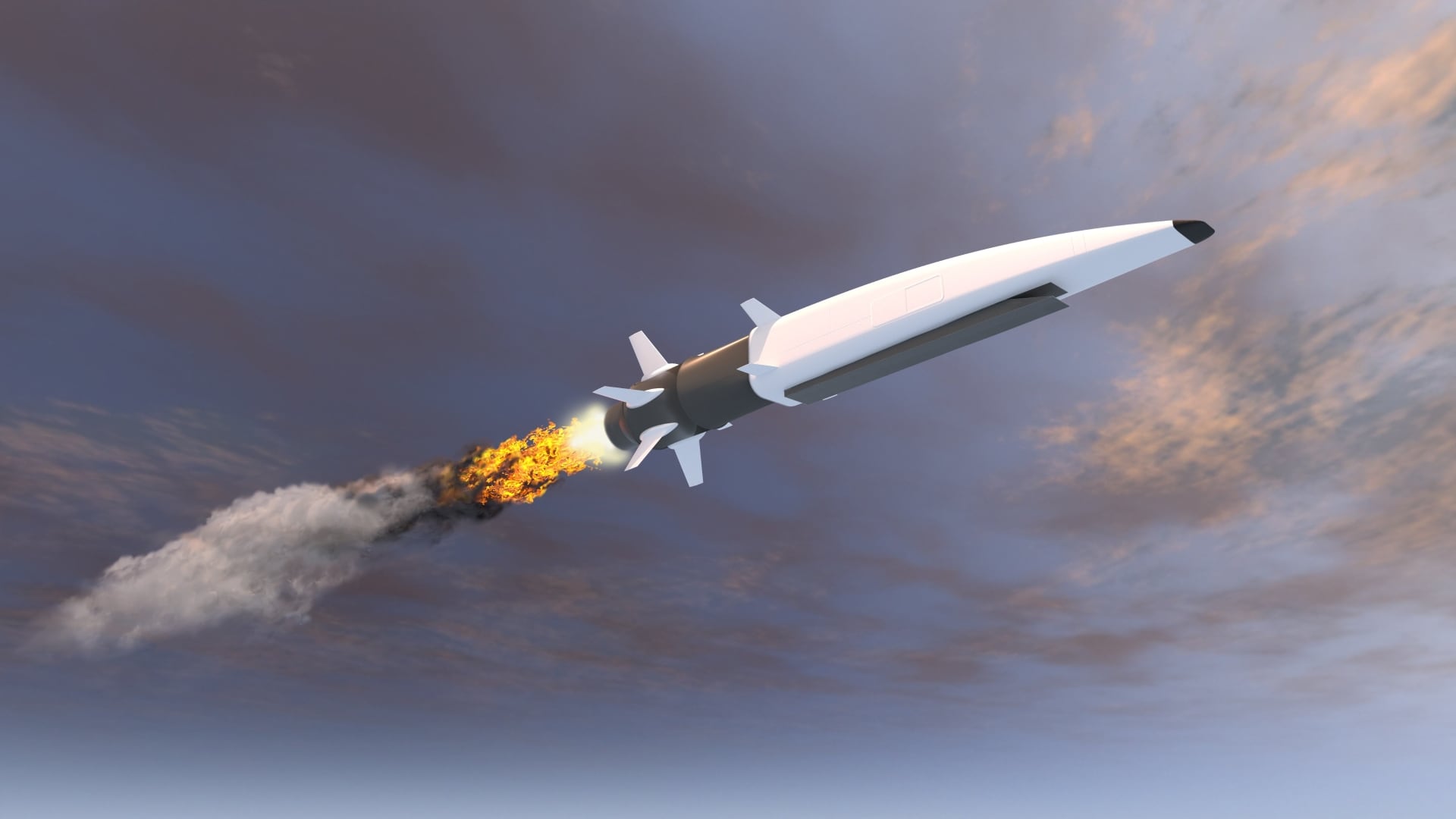The Marines are moving to field an upgraded communications jamming system that is capable of being both mounted on a vehicle and scaled down to the individual soldier.
The update to the Communication Emitter Sensing and Attack System (CESAS) II, which is the sole high-power and ground-mobile electronic attack asset to detect, deny and disrupt threat communications, will make the system lighter and double its frequency range, according to a Marine Corps news release.
CESAS II will provide Marine radio battalions with a modern electronic attack capability, which compared to legacy systems "has the ability to operate in a larger frequency range, covering a much larger portion of the communications spectrum," Heather Place, who is the project officer for CESAS in the Marine Corps Systems Command's Marine Intelligence division, told C4ISRNET in an email.
Place added that CESAS previously was only able to fit on mine-resistant, ambush-protected vehicles due to its size, while the CESAS II is smaller and lighter in line with lightening the Marine Air-Ground Task Force (MAGTF).
"The lighter weight and smaller size enables CESAS II to be mounted in a variety of vehicle platforms. This makes CESAS II tactically deployable across the range of military operations and environments wherever operations take place. Currently, CESAS II has been fielded to the RadBns High Mobility Multipurpose Wheeled Vehicle (HMMWV) 1165A1," she said. "Future vehicle platforms include Light Armored Vehicle Electronic Warfare (LAV-EW) and Joint Light Tactical Vehicle (JLTV)."
CESAS II weighs nearly half that of its legacy system, coming down from 1,300 pounds to 670. The scaled-down, man-portable system weighs a total of 180 pounds and consists of cases, laptop and cables. Place said that the man-portable requirement is met by the Radio Reconnaissance Equipment Man Packable Electronic Attack System (RREMPEAS) and is currently fielded to each radio battalion.
"CESAS II provides stationary and on-the-move capabilities, and is lightweight, modular, scalable, reliable, cost effective, ruggedized and economically sustainable," according to Place. "The system is capable of conducting static, stationary and vehicle mobile electronic warfare operations in support of the MAGTF and joint force commanders."
The Marine Corps said CESAS II covers high-frequency, very high-frequency and ultrahigh-frequency ranges against enemy emitters. Place described it as a "force multiplier that enhances the radio battalion's ability to support and execute the MAGTF Information Warfare plan."
The system is on track for fielding later this year, according to the Marines.
Place told C4ISRNET that CESAS II will be forward deployed in support of ground maneuver units and air operations.
The Marine Corps, however, declined to comment on the threats that were taken into consideration with this upgrade or if there was a particular threat or capability gap that had to be closed that led to this upgrade, noting this was a force protection issue.
Mark Pomerleau is a reporter for C4ISRNET, covering information warfare and cyberspace.








